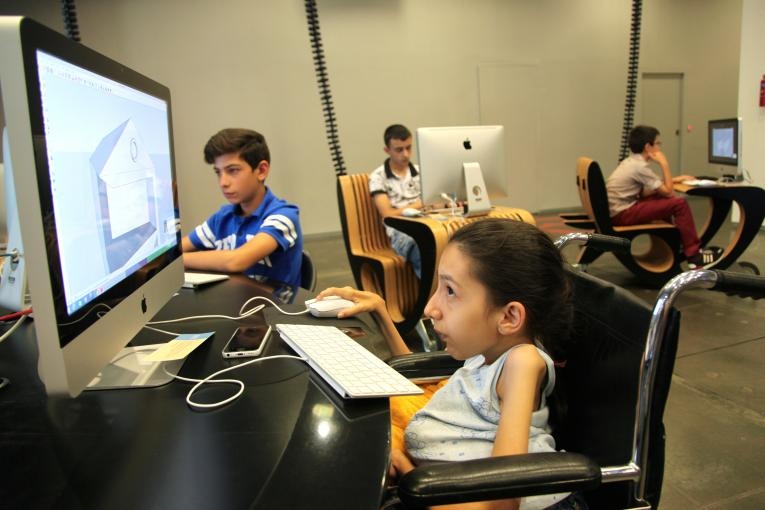
AKIPRESS.COM - At least 75 per cent of the estimated 5.1 million children living with disabilities in Eastern and Central Europe and Central Asia are excluded from quality, inclusive education, UNICEF said.
Although there is a lack of robust data, available evidence shows that millions of children with disabilities never enter school. For those who do enroll, they are less likely to benefit from learning or complete primary or secondary education. Hundreds of thousands of children with disabilities in the region remain in ‘special’ schools, segregated from their peers and communities.
“This is a tragic waste of potential - for these children, their families, national economies and society,” said UNICEF Regional Director for Europe and Central Asia, Ms. Afshan Khan. “Today, UNICEF is calling for investments in quality availability and affordability of assistive technologies, as these products have the potential to drastically increase the number of children with disabilities accessing their fundamental right to education.”
Assistive technologies – from special readers and tablets, to lightweight and inexpensive wheelchairs, to brain-computer interface technology – are tools that support children with disabilities to gain more independence, attend school and participate in their communities.
Such technologies are being displayed at a special, two-day exhibit which opened today at the Palais des Nations in Geneva. The exhibit is showcasing innovative assistive technologies that help children with disabilities access school.
“For a child living with a disability, access to assistive technology can mean the difference between a life of exclusion and isolation to getting an education and reaching their full potential,” added Khan, speaking at the exhibit opening.
The exact proportion of children with access to assistive technologies and products is unknown, but in low-income countries, it is estimated to range from 5 to 15 per cent. Barriers that prevent children from accessing assistive technologies include lack of awareness that the technologies exist, lack of production and servicing, few personnel properly trained to use and maintain the technologies, lack of governance as well as high costs.
